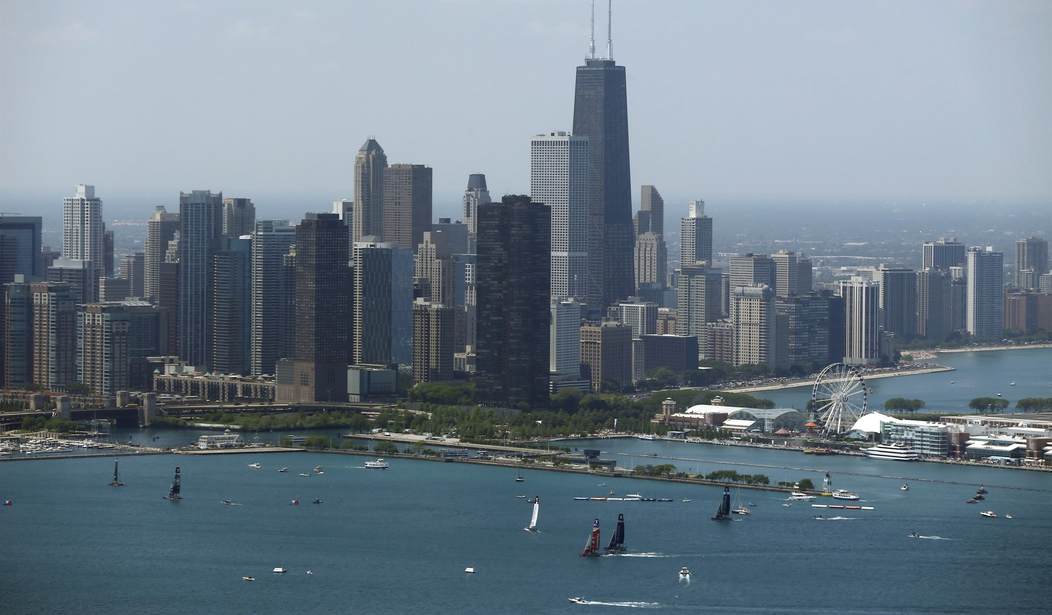The border crisis continues to take its toll on many major American cities. In Chicago, the situation has become so desperate that the local government has been forced to resort to housing asylum seekers and illegal immigrants at the airport.
The situation has been a struggle for the arrivals as well as Chicago residents. The illegal immigrants and asylum seekers have been living in the airport in squalid conditions.
Hidden behind a heavy black curtain in one of the nation’s busiest airports is Chicago’s unsettling response to a growing population of asylum-seekers arriving by plane.
Hundreds of migrants, from babies to the elderly, live inside a shuttle bus center at O’Hare International Airport’s Terminal 1. They sleep on cardboard pads on the floor and share airport bathrooms. A private firm monitors their movements.
Like New York and other cities, Chicago has struggled to house asylum-seekers, slowly moving people out of temporary spaces and into shelters and, in the near future, tents. But Chicago’s use of airports is unusual, having been rejected elsewhere, and highlights the city’s haphazard response to the crisis. The practice also has raised concerns about safety and the treatment of people fleeing violence and poverty.
The Windy City has seen over 14,000 individuals, mostly bussed there from Texas, come into the city over the duration of the ongoing border crisis. The city’s use of airports as temporary shelters paints a rather bleak picture of a system that is clearly in crisis.
Moreover, the situation has elicited concerns about safety and public health as volunteers and medical professionals are sounding the alarm about the rapid spread of sickness in such close quarters. However, those supporting sanctuary city policies are sticking to their guns.
“Is it perfect? No,” said Illinois State Sen. Cristina Pacione-Zayas, a Democrat. “But what we have done is stood in our values to ensure that we live up to operationalizing a ‘Sanctuary City.’ We will continue to work on it, but we are holding the line.”
Pacione-Zayas said the city is slowly building capacity to properly house its asylum seekers and added 15 shelters with about 3,000 beds since May.
The migrants are served 190,000 meals weekly and partnered with groups for medical care, although the system still relies heavily on volunteers to fill gaps.
But sickness can spread quickly at the terminal, where there is limited first aid. A volunteer team of doctors visited once over the summer and saw their medical supplies quickly decimated.
Chicago offers meals, but only at specific times, and many foods are unfamiliar to the new arrivals.
In the meantime, Chicago remains ill-prepared to accommodate the influx of people arriving in the city. They have relied on other temporary solutions, such as winterized tents and police stations, to house the arrivals. However, the issue has placed great strain on the city, which has repeatedly requested more help from the federal government. So far, the demands have gone unheeded despite criticisms coming from Democrats in the city.
Unfortunately, this same scenario is playing out in New York City, Washington, D.C., and other cities. It exemplifies just how awful the Biden border crisis has become.














Join the conversation as a VIP Member